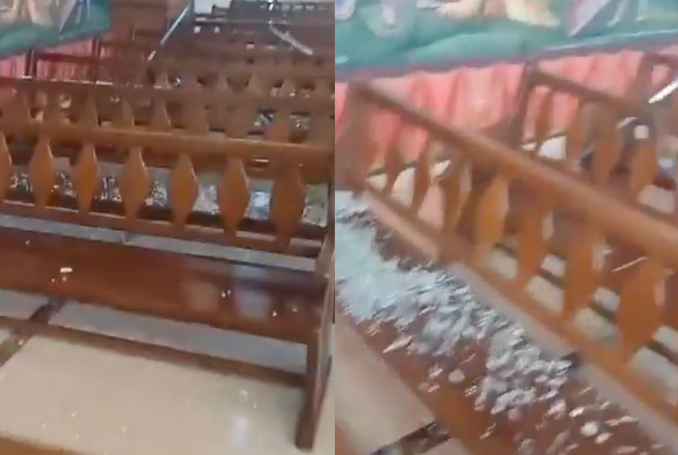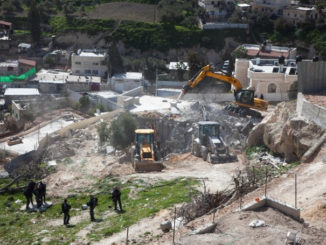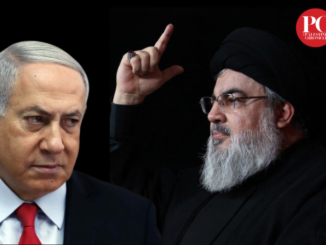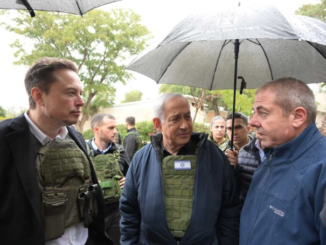
Israel continued its offensive across Lebanon, striking multiple villages, towns, and cities. The airstrikes claimed civilian lives and targeted military personnel.
The Lebanese government announced the suspension of on-campus classes in schools and universities in Beirut and surrounding areas after two Israeli airstrikes struck the heart of the capital on Sunday, Anadolu News Agency reported.
Education Minister Abbas Halabi stated that schools and higher education institutions in Beirut, Chouf, northern Metn, Baabda, and Aley would remain closed on Monday and Tuesday. He added that online learning would temporarily replace in-person classes.
The decision followed two Israeli airstrikes, one targeting the busy shopping district of Mar Elias and another in the Ras al-Nabaa area of Beirut. According to the Ministry of Public Health, the Mar Elias strike killed three people and injured 13 others, while the Ras al-Nabaa strike killed four and injured 14.
Later in the day, reports confirmed that Mohammad Afif, Hezbollah’s Media Relations Officer, was assassinated in the Ras al-Nabaa strike. The attack targeted a building associated with the Baath Party.
Meanwhile, Israel continued its offensive across Lebanon, striking multiple villages, towns, and cities. The airstrikes claimed civilian lives and targeted military personnel.
This is Céline Haidar, a Lebanese national team footballer.
Céline now lies in intensive care, critically injured after being struck in the head by Israeli shrapnel in Beirut.
If she were Ukrainian, her story would be everywhere. But because she’s Lebanese, the world is silent. pic.twitter.com/gTEFMmHI04
— sarah (@sahouraxo) November 17, 2024
In South Lebanon, an Israeli airstrike hit a Lebanese army post in al-Mari, Hasbaya, killing three soldiers, according to a statement from the Lebanese army. This brought the number of Lebanese soldiers killed by Israeli strikes since the war’s start to 36.
The Lebanese National News Agency (NNA) reported that Khiyam in South Lebanon endured over 20 airstrikes and 48 hours of continuous heavy artillery shelling. NNA also claimed that internationally banned phosphorus shells were used in the area. Israeli forces reportedly conducted “combing operations” with machine guns and drones, attempting to advance further into Khiyam’s interior.
Israeli airstrikes also hit civilian homes in the southern towns of Tura, Ma’rakah, and Debbin, as well as Jibchit, Aaba, and Deir al-Zahrani along the border. In the Nabatieh district, strikes targeted Beit Lif in Bint Jbeil, destroying several homes, and struck Qaqaiyat al-Jisr, Ramieh, Hanin, and al-Tayri.
Church Targeted
According to Lebanese state media, Israel launched 27 airstrikes on Sunday, hitting civilians and religious sites across Lebanon.
One airstrike targeted the vicinity of Our Lady of Salvation Church near Saint George Hospital in Hadath, in Beirut’s southern district, NNA reported. Another struck a residential building near the Mar Michael Church in Chiyah, also in southern Beirut.
In Burj al-Barajneh, an Israeli airstrike followed evacuation orders issued by the Israeli military.
An Israeli drone strike on an apartment near St. George Church in Jdeida, eastern Beirut, caused a fire that damaged the building, the church, and nearby structures, Anadolu News Agency reported.
One of the airstrikes hit a building so close to Saydet al Najat church in Hadath, Beirut causing damage to the church on Sunday morning.
The neighbourhood that was bombed today in Beirut’s southern suburb is mainly Christian populated and was accommodating many displaced… pic.twitter.com/wuj3ulfuSD
— Nafiseh Kohnavard (@nafisehkBBC) November 17, 2024
War on Lebanon
Since the start of the Israeli war on Gaza, on October 7, 2023, the Lebanese movement Hezbollah has engaged directly, but relatively in a limited way in the war against the Israeli occupation.
Israel escalated its aggression with the cyber-terror attacks on September 17 and 18, which claimed the lives of at least 37 people including children, and injured around 3000 others.
This went hand in hand with a series of assassinations of Hezbollah leaders, including that of the Secretary-General of the resistance party Hassan Nasrallah on September 27.
These developments coincided with unprecedented bombings and airstrikes by Israel’s army on different cities across Lebanon particularly in the south, Bekaa and the southern district of Beirut.
Beirut tonight.
Barbaric Israeli bombardments on men, women, and children in the heart of Lebanon’s capital.
No military targets. Only civilian ones. pic.twitter.com/lzcRsGXpca
— sarah (@sahouraxo) November 17, 2024
The Lebanese Ministry of Health announced on November 10 that 3,189 Lebanese were killed and 14,078 were injured since the beginning of the Israeli aggression on Lebanon.
The Lebanese Government Emergency Committee announced on October 29 that the number of shelters has reached 1,100 centers with maximum capacity.
The Head of the committee, Minister of Environment Nasser Yassin revealed that the total number of displaced people exceeds 1.2 million.
According to the committee, 355,910 Syrian nationals and 167,295 Lebanese nationals crossed into Syria from September 23 to October 29.
(PC, Anadolu, NNA)








